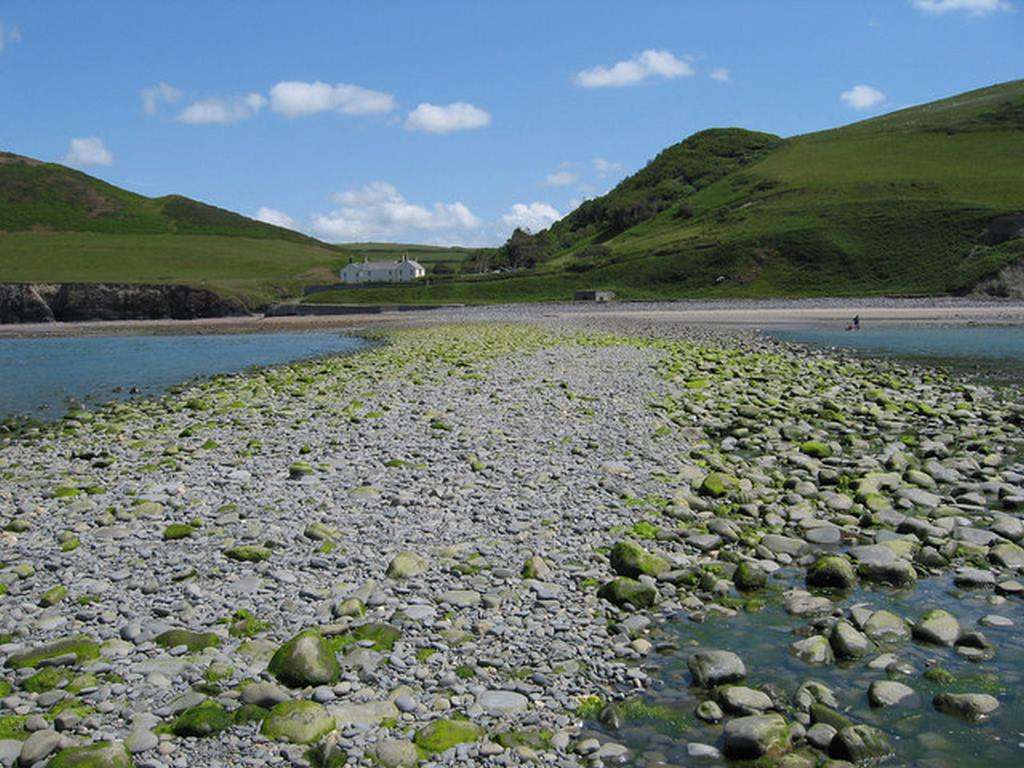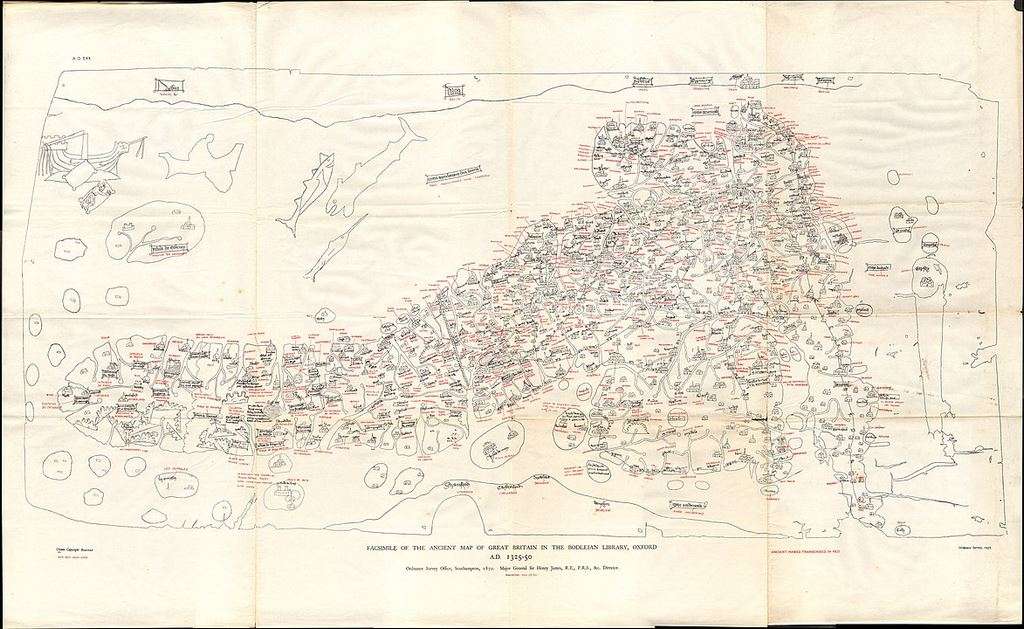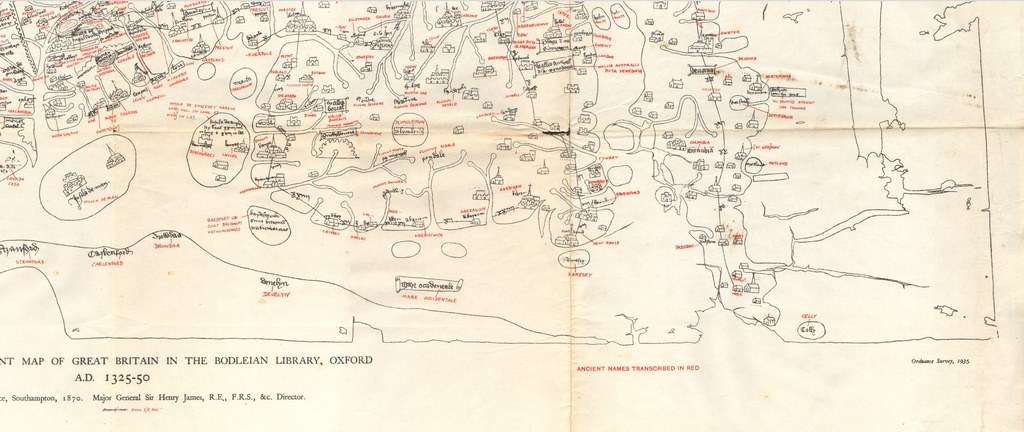Pakistan's First Female Architect Delivers Bamboo-Built Relief Shelters to Flooded Countryside
Yasmeen Lari, now 81, is the cofounder of the Heritage Foundation of Pakistan, which is making bamboo huts for flooded Pakistanis.

A mythical kingdom lost to the sea as part of a Welsh tradition dating to the Medieval period could have really existed according to new evidence on the evolution of the Welsh coastline
The research started with the earliest surviving map of Great Britain, on which two islands are depicted in Cardigan Bay in west Wales which no longer exist today.
Several versions of the legend exist. An article from the BBC dated to 2012 explains that the oldest can be found in the Welsh fable-history called the Black Book of Carmarthen.
It goes that in the land of Cantre'r Gwaelod, there was a country called Maes Gwyddno, the site of the kingdom of Meirionnydd, ruled by a man born 520CE named Gwyddno Garanhir (Longshanks). So fertile was the land there that one acre was said to produce as much as four on the mainland.
A dyke kept the sea from flooding Meirionnydd, and sluice gates at low tide were opened to drain the land of water, and which were closed again at high tide.
Several iterations exist whereby the watchman of the sluice gates becomes distracted one night during a storm and leaves the gates open. In one tale a drunken watchman named Seithennin has too much fun at a party; in another, he pursues a watchwoman, the fair maid Mererid, and they both forget the sluice gates.
In all versions the land is drowned by the sea, and the residents are forced to leave their fair land behind.


"We know that the west Wales coast has changed significantly over time," said Professor Simon Haslett of Swansea University Department of Geography. "Evidence from the Roman cartographer Ptolemy suggests the coastline 2000 years ago may have been some 13 km further out to sea than it is today."
With its origins in the thirteenth century, the Gough Map, housed at Oxford University's Bodlein Library, has proven extraordinarily accurate in previous use cases, and the two islands are clearly marked. One is between Aberystwyth and Aberdovey and the other between there and Barmouth to the north.
Haslett and his team suggest that the islands could be the remnants of a low-lying landscape underlain by soft glacial deposits laid down during the last ice age. Since then, forces of erosion have worn away the land, reducing it to islands, before these too were worn away and disappearing by the sixteenth century.
Evidence to this are accumulations of gravel and boulders, known locally as sarns, found off the west coast of Wales. In highly historically-glaciated terrain, moraine material and boulders can be found far into low-lying areas.
"This lost land is said to have suffered a catastrophic inundation and is referred to in poetry in the Black Book of Carmarthen and in later folklore," said David Willis, a Celtic expert at Oxford University. "Our evidence may provide an explanation of how the story of Cantre'r Gwaelod may have arisen."
IMAGINE Lost Kingdoms Of Wales Together With Friends On Social Media…
Be the first to comment